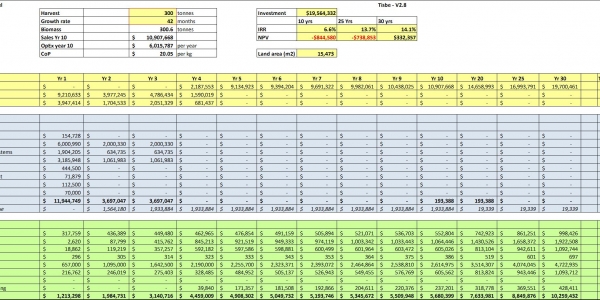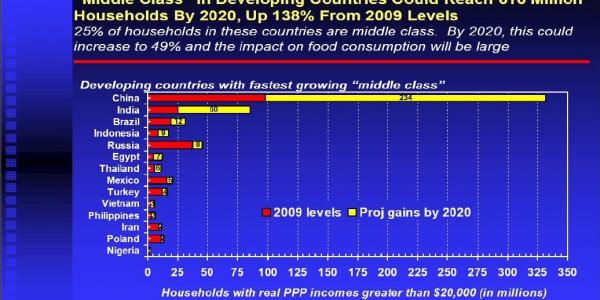Unlike the agriculture sector it is only minimally supported in New Zealand, with little research, few finance options, few trained fish vets, no commercial fish food mills, limited equipment suppliers, limited registered therapeutics, few developed market pathways, limited technical support and minimal but increasing Government support for the sector.
Aquaculture is part of the seafood industry and as such it competes directly with wild catch product, at least initially in the market place. Wild catch seafood is generally cheaper to produce than aquaculture product. Generally it will be premium high price fish that are in short and/or inconsistent supply from the wild that have the best chance of being profitable in aquaculture.
Aquaculture in NZ must also compete with imported seafood from both wild catch and aquaculture sources. In some cases (i.e. the Vietnamese catfish, Pangasius or tilapia) the cost of production for tropical species from developing countries can be as low as NZ$ 0.80 - 1.00/kg. The product retails at $7-10/kg in NZ providing massive profits and strong incentives for all participants in the value chain – except the farmers.

Pangasius processing in China – low cost competition in seafood (C Searle, Sashimi Group)
Compare this to the likely NZ cost of production (farm gate) for a finfish species of NZ$ 8 – 12/kg. The retail price of your product will need to be at least 3 times that of your farm gate production cost (retail price $24 – 36/kg). This understanding should help to focus the plans of any aspiring aquaculturists in NZ.
However the most challenging competition will come from producers of the same or similar species in other countries with a lower cost of production, processing and distribution. Likewise the challenge from producers of the same or similar species in cheaper production systems such as net pens should not be overlooked. This aspect should not be underestimated.
The two most important factors influencing the economic outcome of aquaculture ventures are:
The FCR (Feed Conversion Ratio) is the measure of how many kgs of dry fish feed are required to produce 1kg of wet fish. In commercially cultured fish this can range from 0.9 – 5.0 (generally 1.2 – 2.0) depending on species. Feed costs often range from 50-80% of the total production cost. Small savings in feed usage made by good management can have significant effects on profitability. Buying cheap feed with inferior ingredients manufactured by cheap production methods ( i.e. other than modern steam extrusion) do not generally lead to savings. They lead to poor digestion, increased feed usage and increased wastage of nutrients that pollute the rearing environment. They may also lead to health issues due to poor nutrition and a reduction in water quality.
Selling price in all economic and risk analyses usually is confirmed as the most critical factor determining profitability. Selling directly to the end user (restaurant or consumer) is generally the best strategy to achieve the best selling price. This involves taking on the post-harvest (processing, distribution and marketing) segment of the value chain.
Selling at fish auctions or to supermarkets is usually not a good medium to long term strategy. In some cases, selling direct to end users requires additional costs (processing, packaging, transport, marketing and additional support staff) and infrastructure (processing facility, chilled/frozen storage facility and chilled/frozen transport vehicles). Those experienced in the seafood business know that once you “cut a fish” (process it to fillets and portions) the costs to the business rise exponentially. Not only this – the skills that the company must master become far more diverse. The selling price must cover these extra costs and contribute profit to the post-harvest operations in the value chain.
To have any chance of economic success many experienced aquaculturists believe that you must fulfil 2 key criteria:
In NZ it is very difficult to fulfil all of these criteria. This linked to the fact that there are very few suitable species choices in NZ. This makes it very difficult for aquaculture growth in NZ. The adoption of RAS technology can solve many of the above issues and for the NZ situation it may be one of the few good options for future development.
This is why NPFL have decided to focus this evaluation and modelling exercises on RAS aquaculture technology.

Generic economic models based on intensive RAS production have been developed for 6 species:.

Seafood is in great demand mainly because of its “healthy” image and in particular its luxury niche position amongst other...

To understand the opportunities and issues for New Zealand it is useful to consider the global trends and issues in...